Hi there! My name is Stew, and I love music. I love music so much that I have amassed a rather sizable record collection spanning multiple genres and multiple decades. My wallet may not feel so positive about my favorite hobby, but I find vinyl records to be one of the best ways to listen to music. Within these columns, I will be providing a retrospective look into one record from my collection, offering up a detailed and interesting historical account of the album and its significance, followed by a detailed report on where I got the record, what’s included in the package, and finally, my own personal connection to it. This week, we will be covering Nine Inch Nails’ sophomore effort, “The Downward Spiral.” Enjoy!
Nine Inch Nails came right at a time in which rock music was starting to fall in on itself. In 1989, when bandleader Trent Reznor was first getting ready to release material, bands like Motley Crue touting hair-metal aesthetics were dominating the airwaves. For a lot of people, this phase of rock music spelled out a poor future of constant sonic regurgitation, with no dangerous experiments being thrown into the mix. When Nine Inch Nails’ first album, “Pretty Hate Machine,” was released in 1989, a lot of people started to take note of a new wave where artists were starting to put aggression into more accessible rock formulae.
No such band would exemplify this aggression more than the legendary Nirvana – fronted by who is commonly cited as one of the best songwriters of the 20 th century, Kurt Cobain. Kurt himself was an outspoken fan of Trent Reznor’s industrial take on metal and alternative rock, and the two’s penchant for violent attitudes within their songs were unmistakably unique for the time. These two figureheads of alternative music would spell out a bleak yet explosive phase for rock music to come.
When the “Broken” EP was released in 1992, things started to pick up for Reznor. Brushing off his synth-pop origins, Reznor decided to go down a much darker, more sinister musical pathway. Filled with songs covering heinous topic after heinous topic, “Broken” was one of the most shocking, albeit captivating, popular rock releases of its time. But Trent wasn’t done with songs like “Wish” or “Happiness in Slavery,” no… Two years later, Trent would release what is perhaps mainstream rock’s darkest album ever.
“The Downward Spiral” saw instantaneous and widespread praise upon its release. By the time it hit listeners in 1994, it was unlike anything most people had heard before, or even after. Every single song was fueled by the darkest side of Trent’s psyche, producing a musical concoction that is possibly the most comprehensive musical project to cover a downward spiral into insanity. Many people cite songs like “Closer” as classic club hits, or songs like “Hurt” for soundtracking the lowest parts of their lives, but the songs within context of the album are even more haunting, vile, despicable, and dismal.
“The Downward Spiral” is so loud, so bleak and so dispiriting that it feels like rock music’s last ferocious gasp before its death. But for what it’s worth, albums like “The Downward Spiral” need to exist. Documenting what a loss of sanity through music makes the lives we live seem all the more worth pushing through. After all, Trent Reznor does admit to most of these songs being from a dark part of his own mental experiences. “The Downward Spiral” is a conceptual journey that is worth falling through, because it is so sonically immense that it must not be ignored.
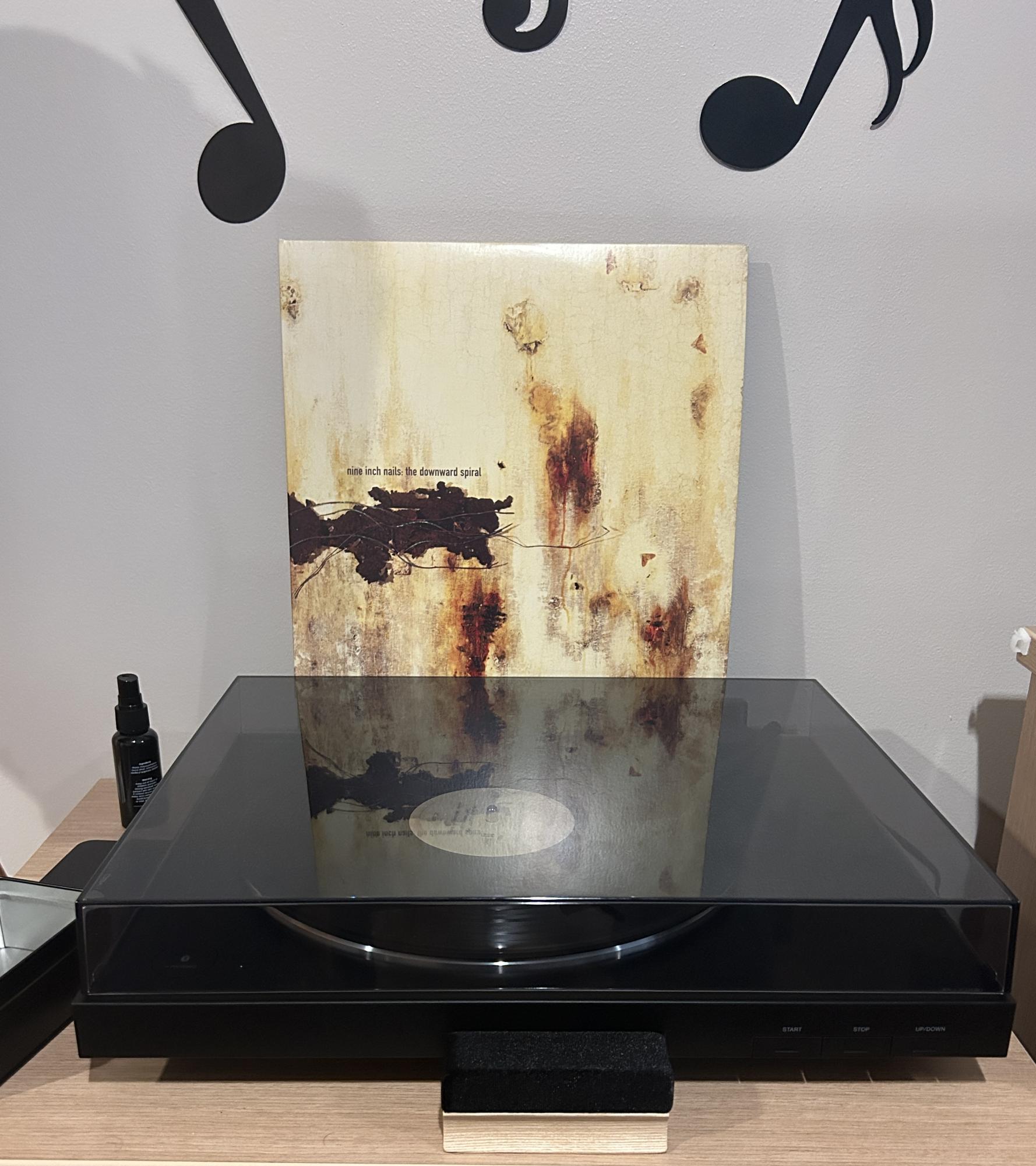
I recently purchased the album on vinyl at CD Cellar in Falls Church, Virginia, and it is needless to say an investment that was one-hundred-times worth it. Featuring two 180-gram records spanning just about over one hour of music, the records themselves are of very high quality, packaged within two antistatic plastic sleeves featuring artwork made for the album’s initial promotion way back in the 90s. On one side of each sleeve, the lyrics for all the songs put on each disc are listed in visible detail. Alongside this, the record also features a lovingly detailed informational booklet by journalist John Doran (editor of webzine “The Quietus”) discussing the cultural impact of the album’s release alongside its production.
My personal connection to “The Downward Spiral” is very similar to a lot of other people’s interaction with it. It’s not one I find pleasure in returning to, but it is one of the most important albums I have ever heard. Every time I put it on top of the turntable, I cannot help but be entranced by the insanity of it all.
For fans of: Noise music, industrial metal, 90s rock, alternative rock, heavily conceptual albums.
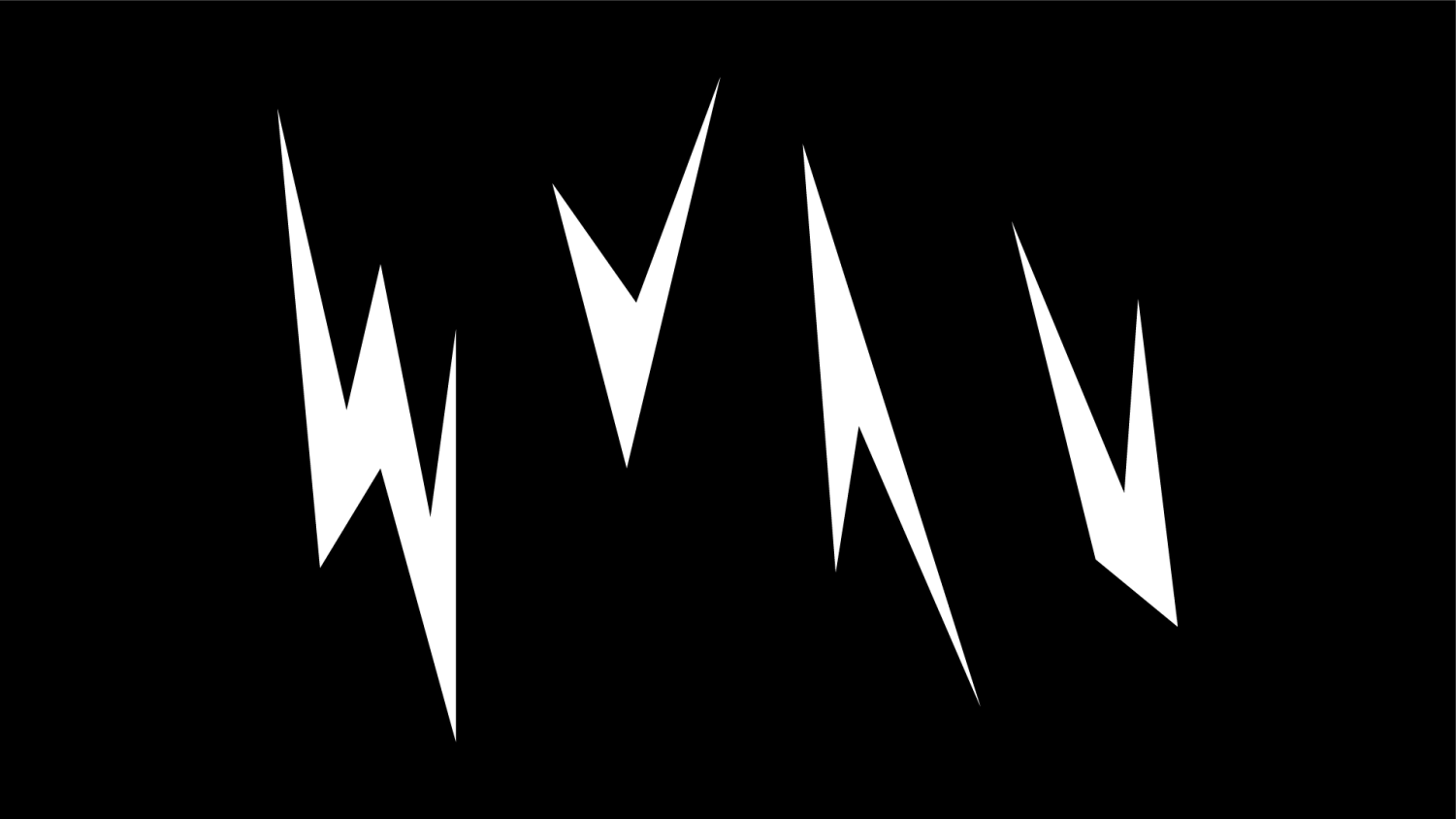
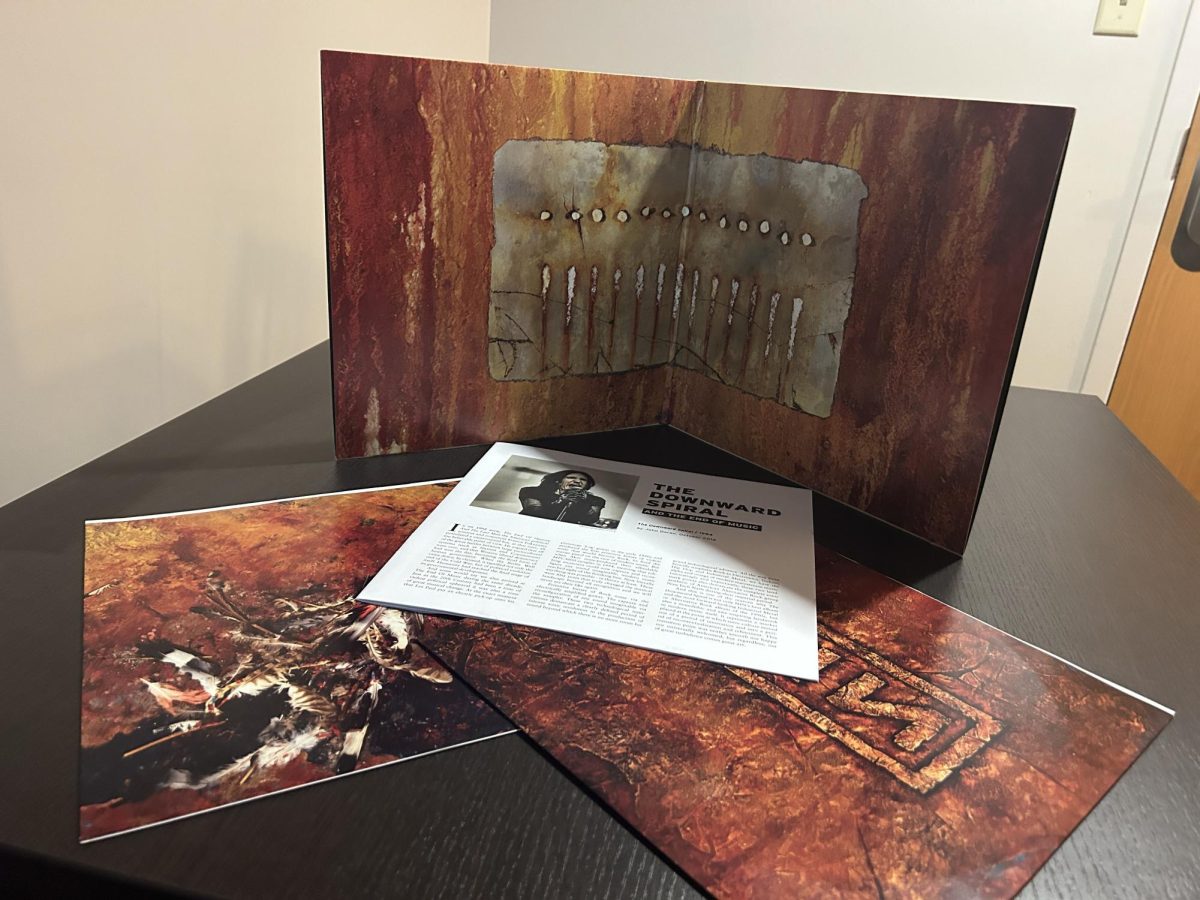




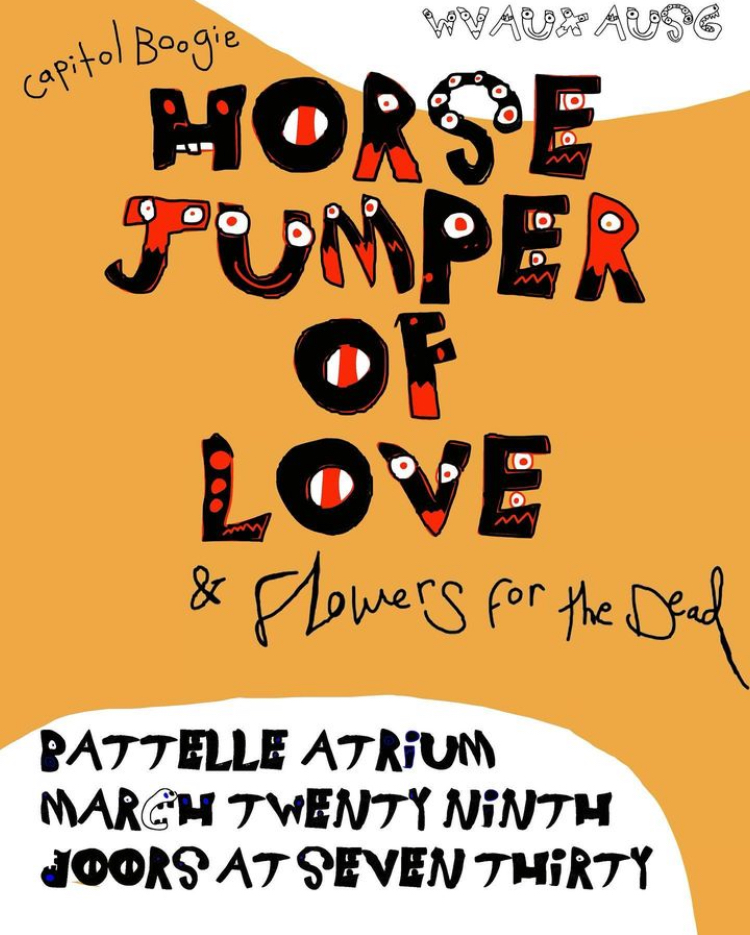
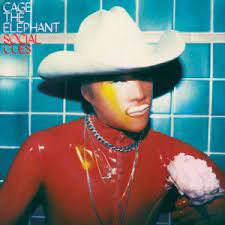






D • Mar 9, 2024 at 9:35 am
Every music store knows this album immediately, the hits just keep on coming
Sherry • Jan 11, 2024 at 12:16 pm
Amazing article. Love Trent and the Nine Inch Nails and what they’ve done for the music industry
Brad Bukowski • Sep 30, 2023 at 9:17 am
Great article. I remember when this NIN album was released. It was so different that anything else being released. Dark and glorious.
Uncle Red • Sep 29, 2023 at 7:40 pm
Right on the money. Great review!